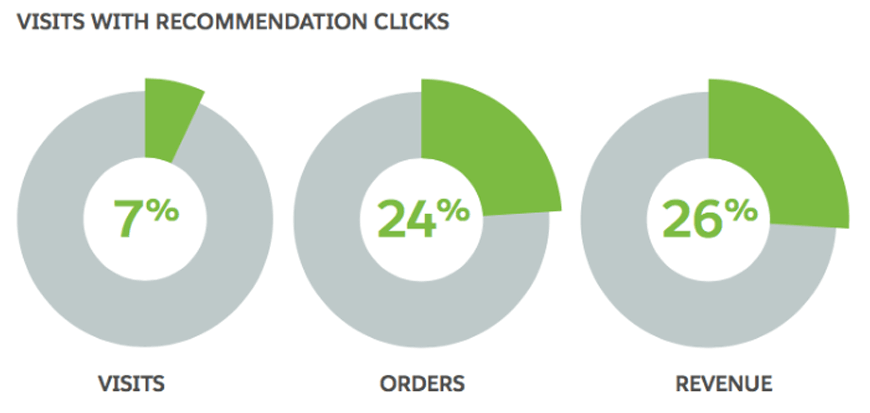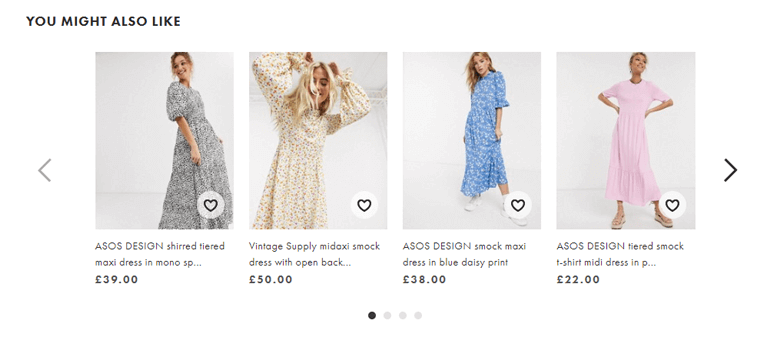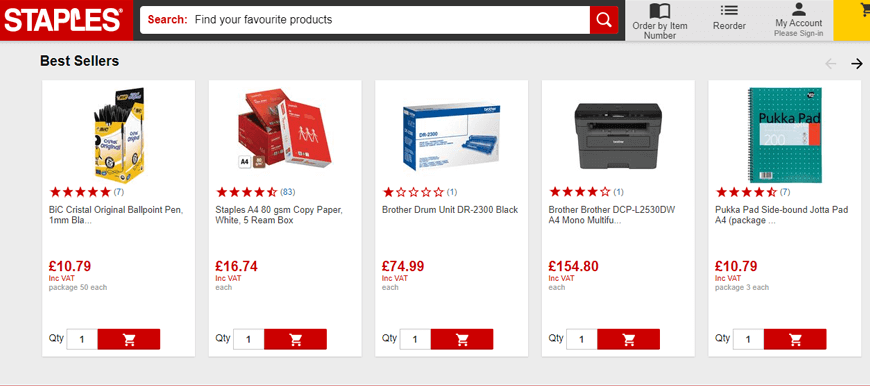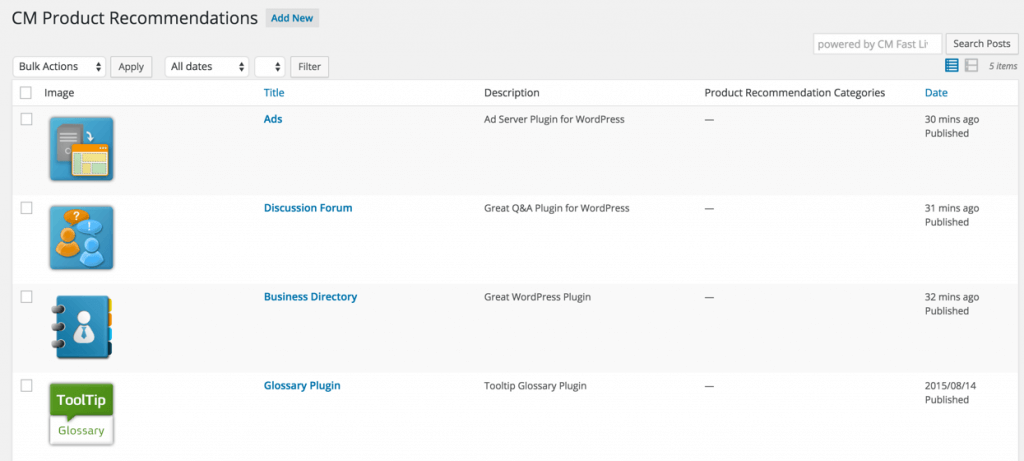If you’ve spent any time at all browsing an online store, you’ve probably seen a personalized product recommendation. You might even have made an excellent product discovery and a purchase as a result.

A product recommendation is where a website recommends a new, different product based on your browsing and search history. It’s a nifty tool that more and more businesses are using to attract buyers and increase their sales.
April 2025 Offer – For a Limited Time Only:
Get WordPress Product Recommendations Plugin for 15% off! Don’t miss out!
Why Use Personalized Product Recommendations?

As shoppers, product recommendations are valuable. Recommendations are given based on the products you typically look for and what you are browsing online, meaning they can often put the most useful product in front of you when you most need it.
The benefit isn’t just for consumers, however. When successful eCommerce stores invest in personalized product recommendations, it’s obvious that they work to both drive traffic and increase those all important sales.
The Stats
And this is definitely not an unfounded claim, there are plenty of stats to back this up.
According to Sales Force, visits to a site driven by a personalized recommendation make 26% of revenue for businesses that use them.

Data from Sales Force
In addition, shoppers who click on recommendations are 4.5x more likely to add items to their cart, and 4.5x more likely to follow through and complete that purchase.
Research by Brilliance further backs up the benefits of using product recommendations. They found that recommendations can boost Average Order Value by an incredible 369% and increase conversion rates by a whopping 288%.
Avoiding Pitfalls

However, as with everything in life, the key to success here is balance.
The trick is providing just enough recommendations to help the shopper but not hinder their shopping experience. Too many recommendations crowding a site can be overwhelming and may cause them to leave all together.
Following on from this, Retail Touch Point found that 22% of shoppers have received recommendations that they never purchase, and another 16% have experienced totally misguided product recommendations.
Recommendations that are unrelated to the customer’s current activity can turn them off, instead of the true goal of engaging them and encouraging them to make a purchase.
A great example of a company using personalized product recommendations to its advantage is Amazon. The business devotes 70% of their site to product recommendations, meaning entering the website is like entering an online store designed just for you.
This strategy makes sense in this case. Recommendations make customers feel the store cares about their needs, increasing customer loyalty. This not only boosts the sale value during one visit but makes the customer more likely to return.
Making Product Recommendations Work For You

Not all of us have the budget and the business savvy of Amazon. There are many different ways to recommend products, so you need to identify what will work best for you and your customers. Here are a few ways you can approach product recommendations:
1. Others Also Viewed…
This is sometimes known as crowd shopping and is based on the idea that customers believe fellow customers know best. It makes products appear reliable and trustworthy.
It’s the same mentality that leads people to read user reviews before they buy – they want to know that other people have tried and tested the products.
Recommendations can often be given under the header of “Customers Who Viewed This Product Also Viewed.” This is a common product recommendation tactic you’ll see on Amazon.

2. Recently Viewed
Info from Retail Touch Point highlights that only 17% of shoppers intend to make a purchase on their first visit to a site. Therefore, displaying a user’s ‘recently viewed’ products is a great way to remind them what they’ve looked at before, and encourage them to make that all important purchase.
3. Cross Selling
This is where you recommend a product that fits with the one the shopper is already interested in.
A good example of this is fashion sites that give customers the option to complete or “shop the look” based on products they have already chosen or what the model is wearing.
Other sites suggest accessories that accompany the product they have chosen. For example, if you’re buying a laptop, the website you are buying from might recommend a laptop case to go with it.

The advantage is customers can see how one product fits with another and don’t have to click around different screens if they decide they’d like to add these additional products to their cart.
4. You Might Also Like…
This one is straightforward, recommending new products that are similar to the one you’re viewing. For example, if you’re looking at a particular type of clothing, the site may recommend similar styles in different colours.
Like this example from the clothing site ASOS.

5. Bestsellers
This takes a less personalized approach, but still works well to increase conversion rates.
Again, it works on the principle that customers trust the purchases of other customers. If a lot of people are buying one product, consumers are more likely to trust that this product is good. Therefore, recommending these products tends to work well.

How CreativeMinds Can Help With Product Recommendations
At CreativeMinds we recognise how important product recommendations have become to increase traffic and drive sales, that’s why we created our Contextual Product Recommendations Plugin to make things easier for you.
Our recommendations plugin allows you to embed product recommendations straight into your WordPress post.
It works by allowing the site administrator to create a log of product recommendations that can be used in any WordPress post. Each recommendation shows up if certain keywords are in the post. Administrators are even able to control which products are recommended more often than others.
It gives administrators full and complete power to choose what is recommended and where it appears on your site.
Another great thing about the plugin is that recommendations don’t even have to come from your site or eCommerce store – they can actually come from any website. So, if you see a product on Amazon that you want to recommend to your visitors, you can easily insert this into your post.

This plugin shows product recommendations and product reviews based on the content of your post. Clicking on products links to external sites or internal pages. The plugin promotes your products or allows gains for affiliate commission.
Also, it makes it easy to direct customers to recommendations without while you are on a subject related to the recommendation, making the transition from product to recommendation as seamless as possible.
If you’re looking for a product recommendation tool that allows you to provide relevant recommendations without hassle, the CM product recommendation plugin is your best bet.
For more information on our Product Recommendation plugin as well as our full collection of plugins designed specifically for WordPress, visit our website. We’re always on hand to help with any queries you might have!



